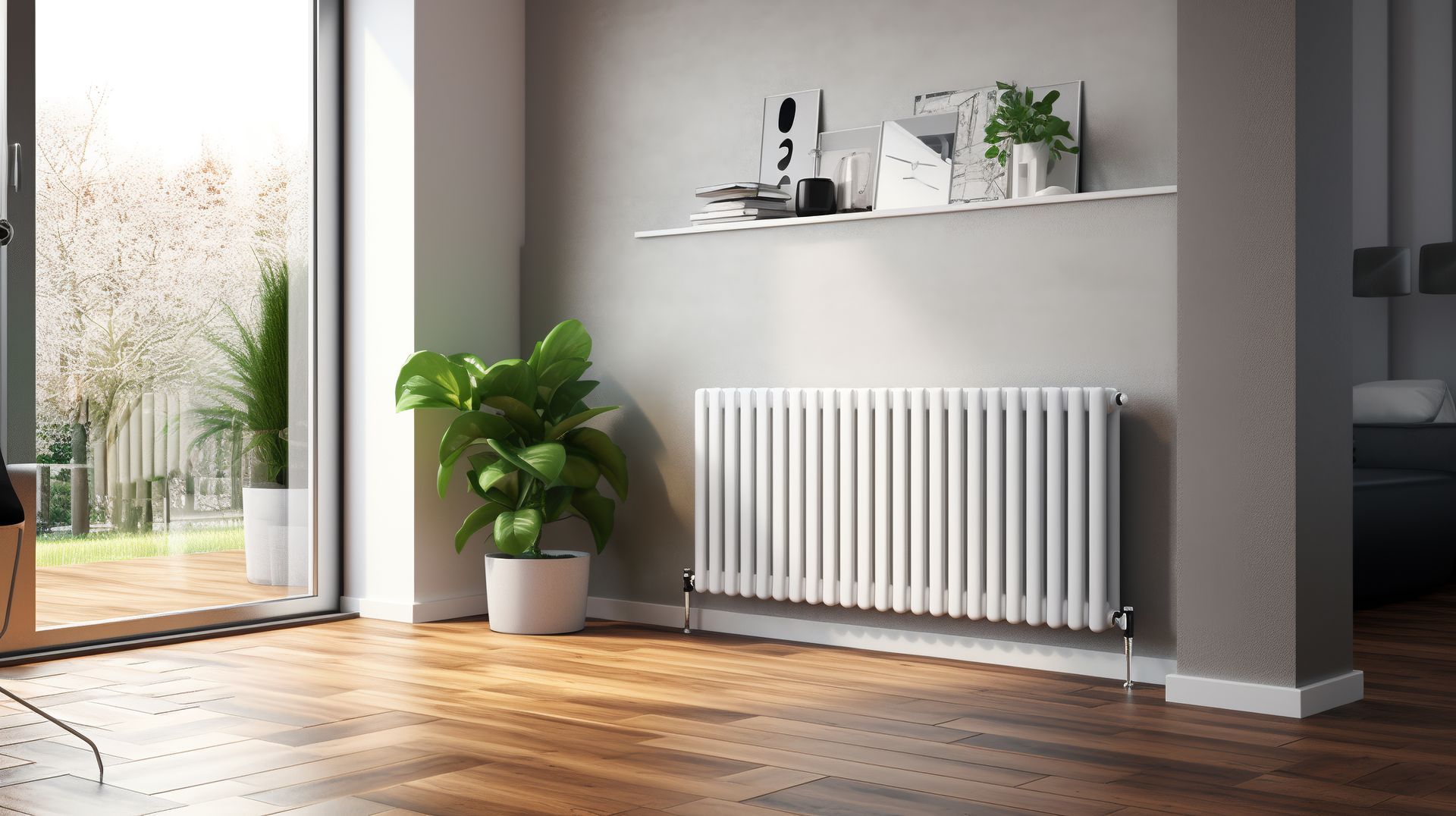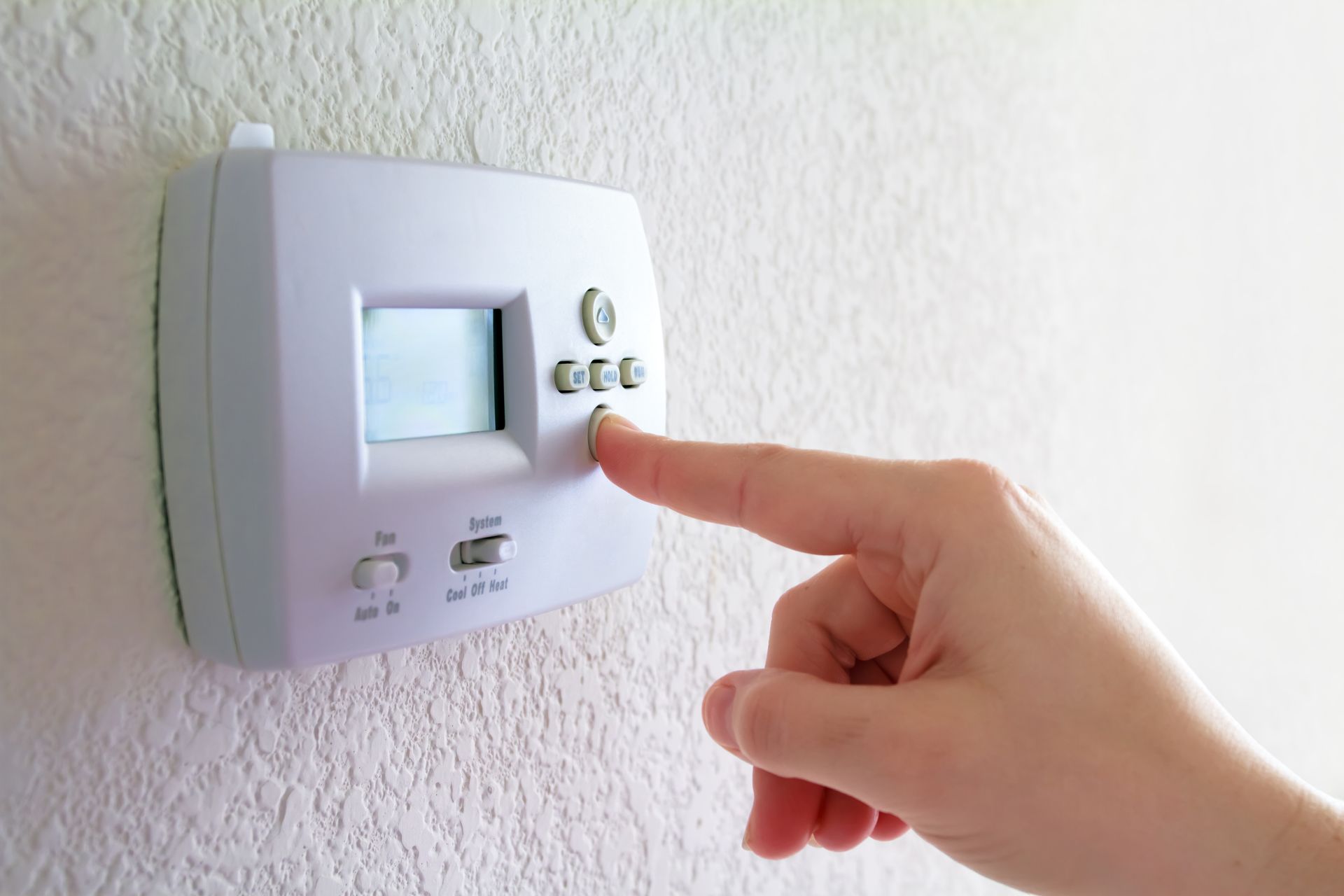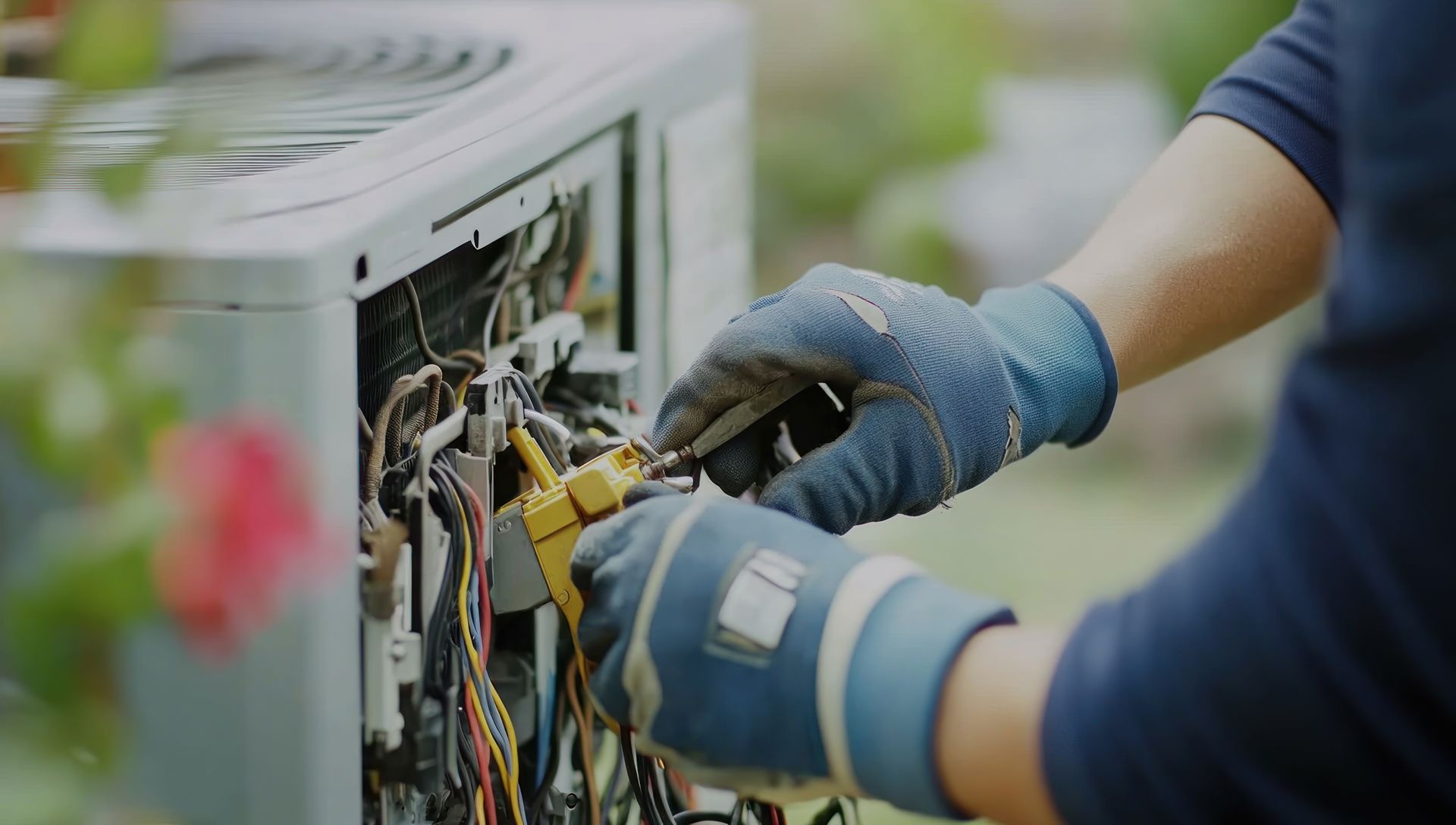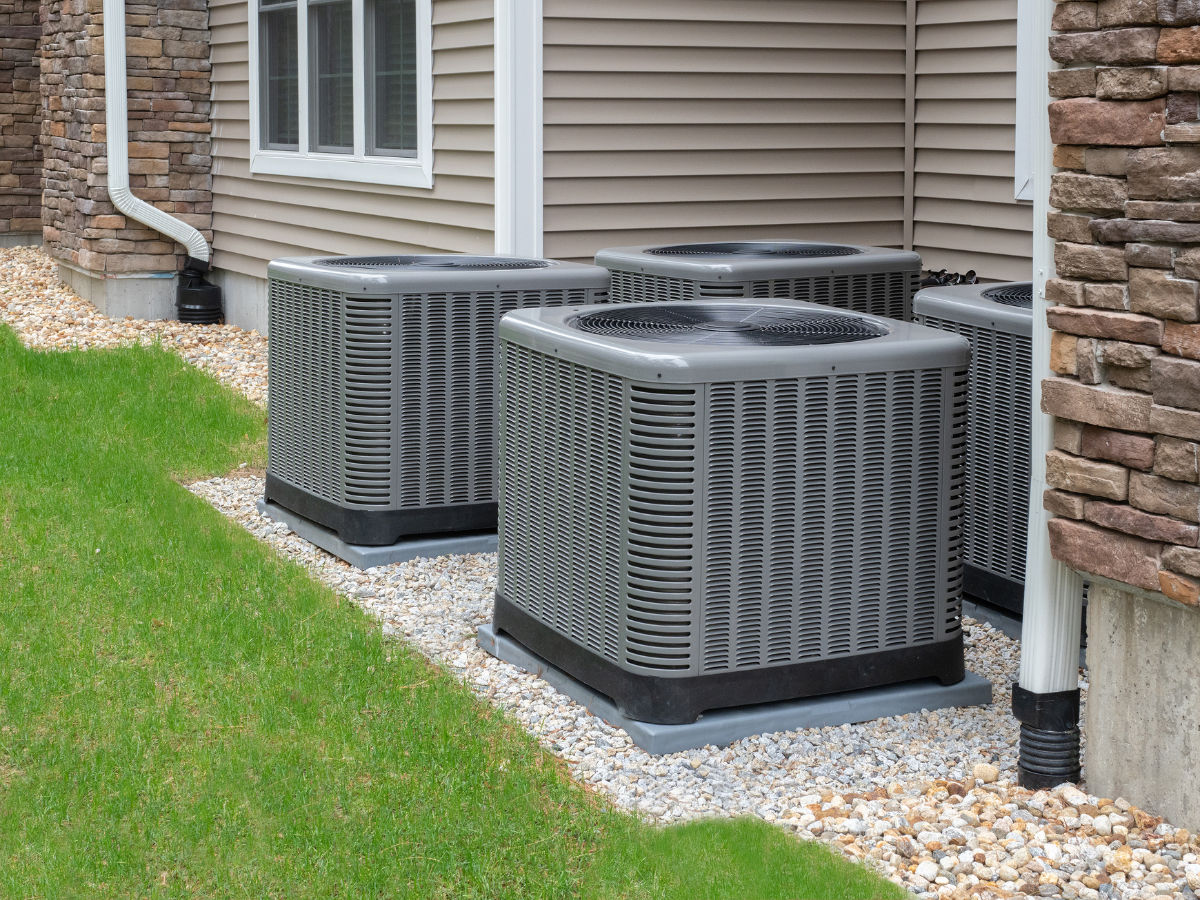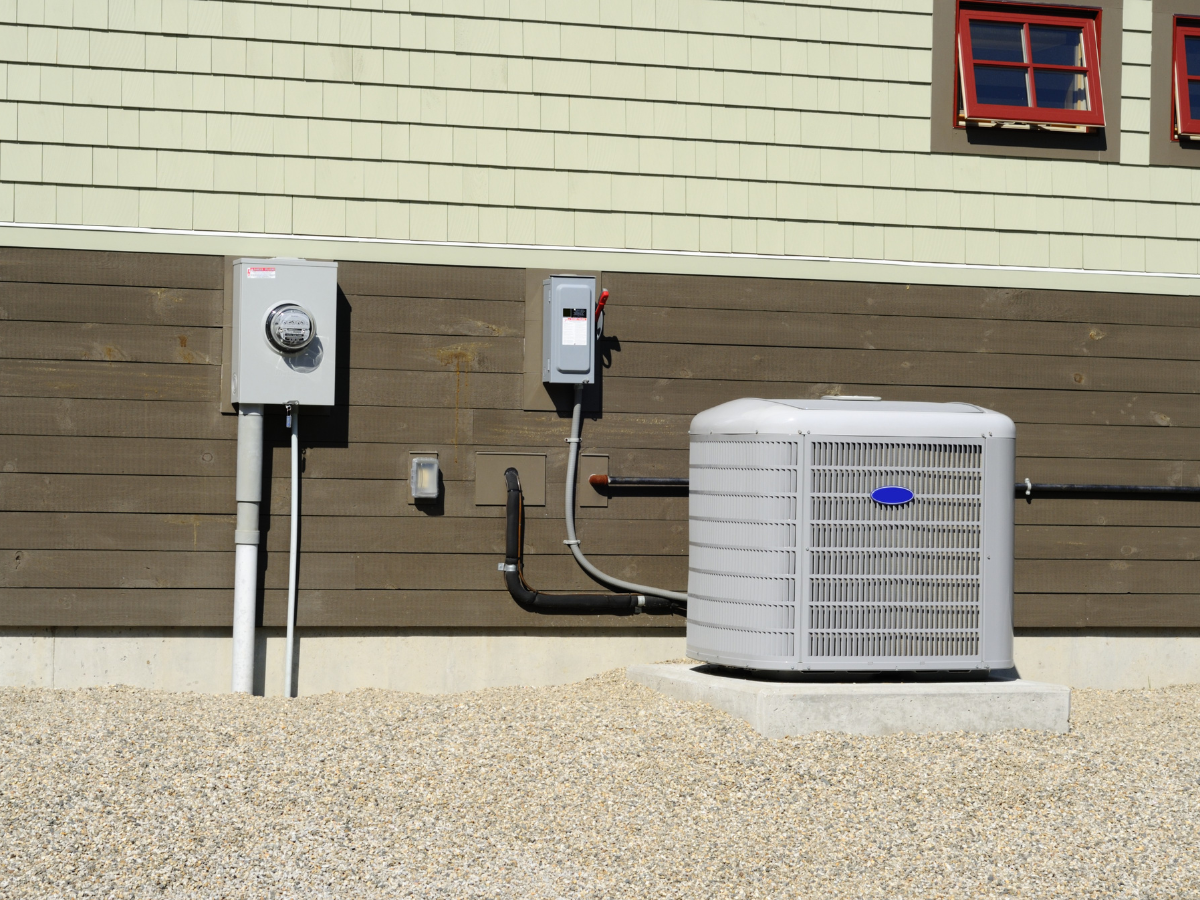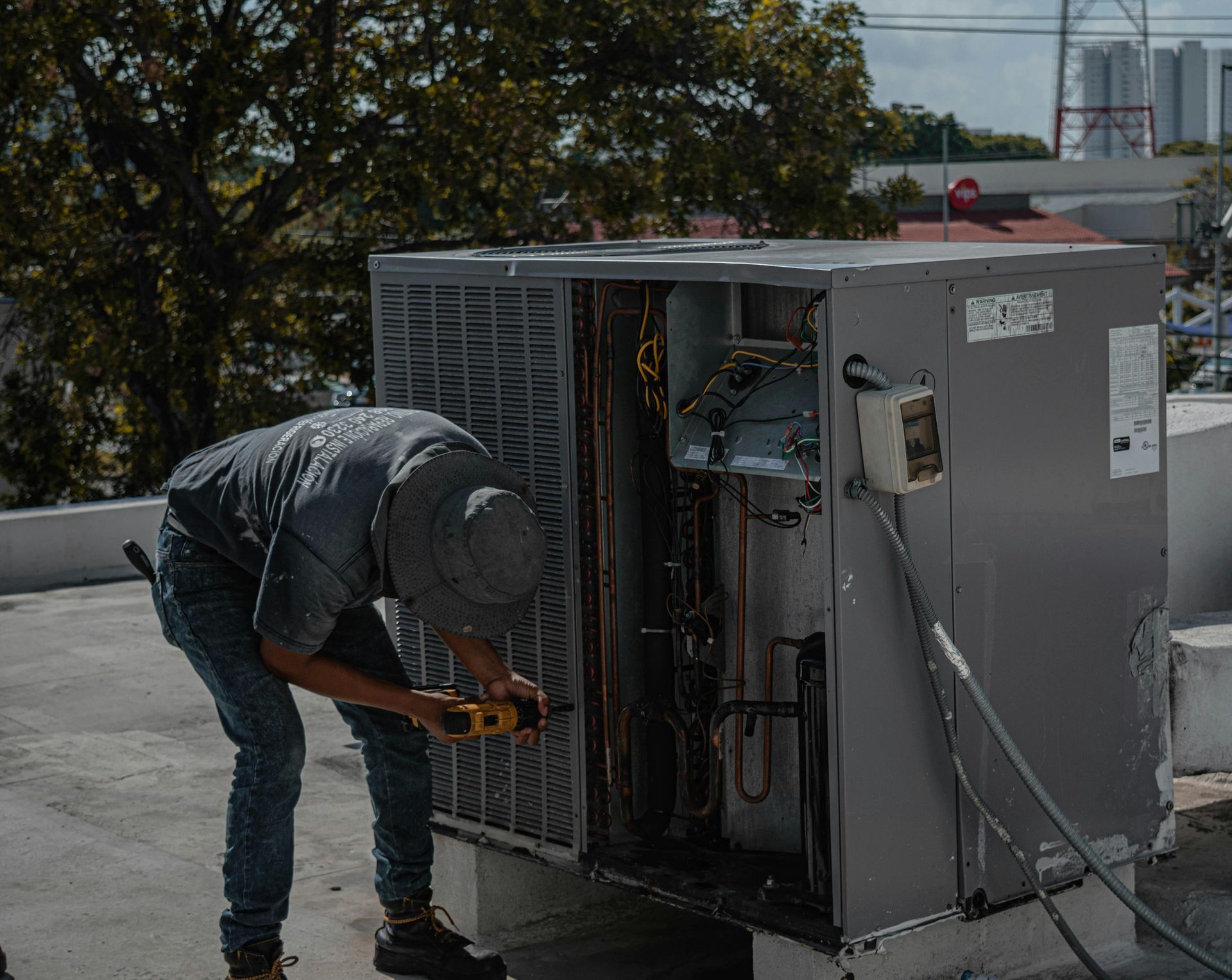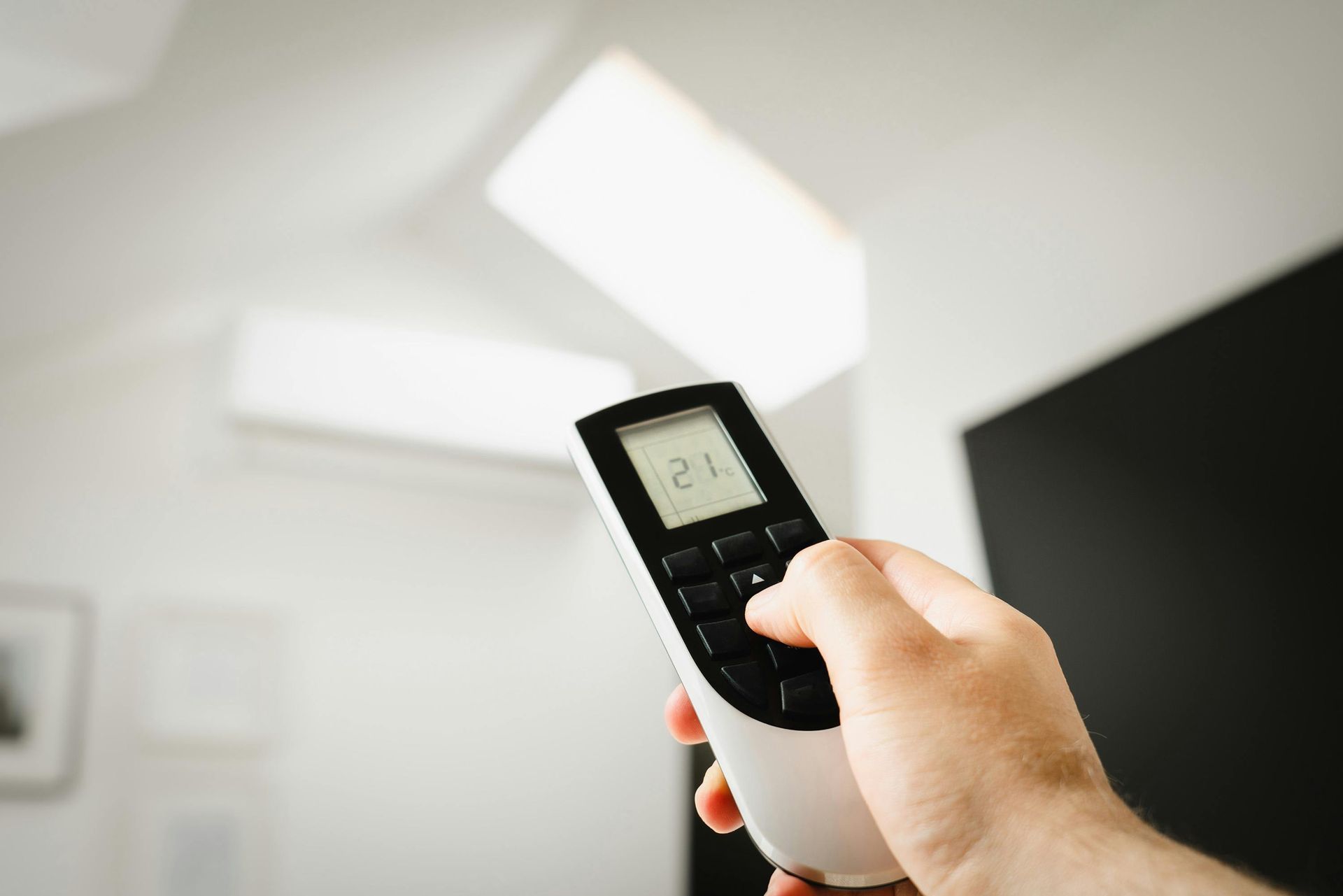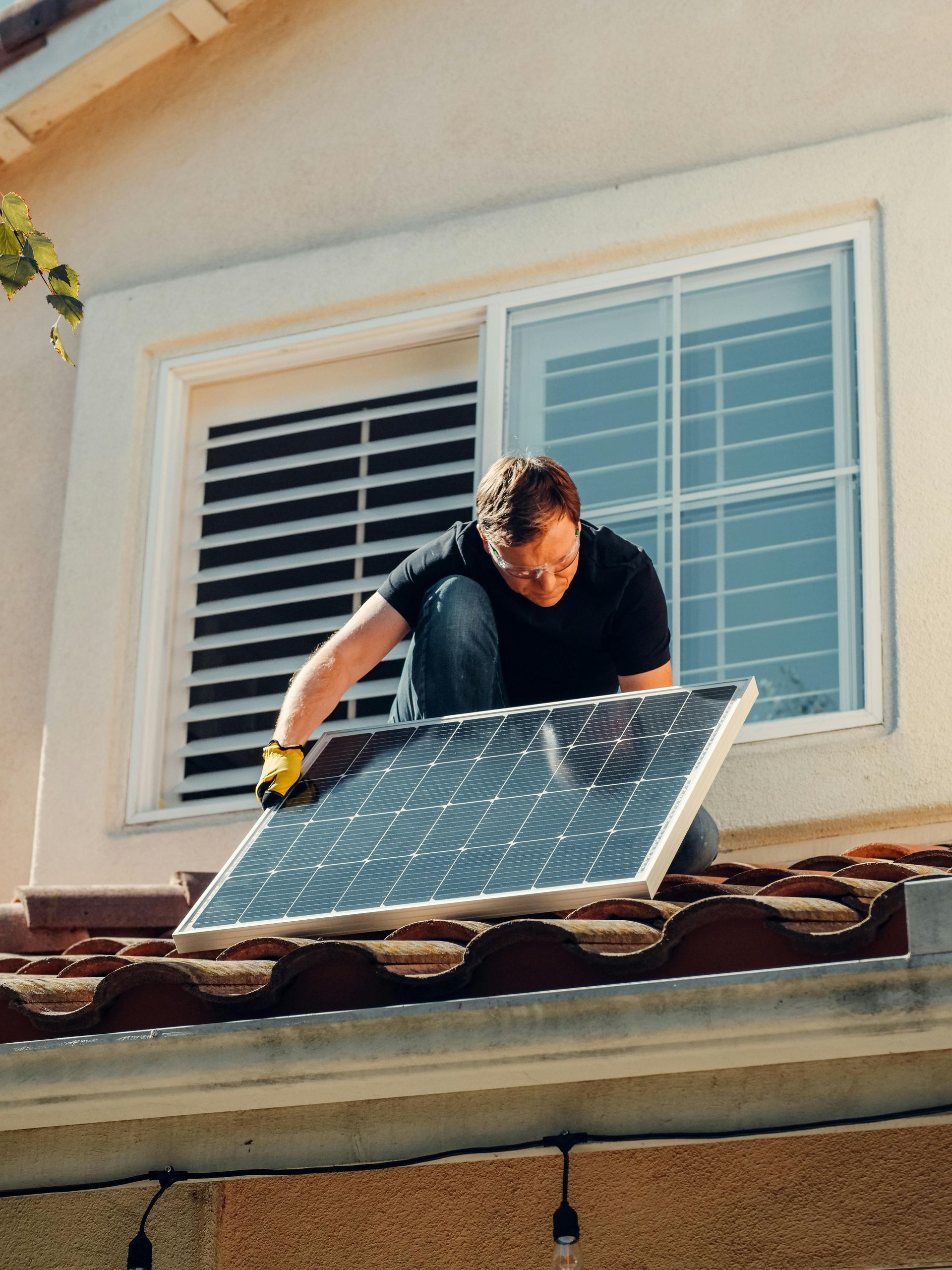What Are the Most Common HVAC Repairs in the Fall?
As the cooler temperatures of fall set in, your HVAC system begins to shift gears, preparing for the colder winter months. This is the time when many homeowners notice issues with their heating systems. Regular maintenance and prompt repairs are crucial to keeping your HVAC system running smoothly throughout the season. In this blog, we’ll explore the most common HVAC repairs in the fall, how they can affect your comfort, and why addressing them early is important for energy efficiency and system longevity.
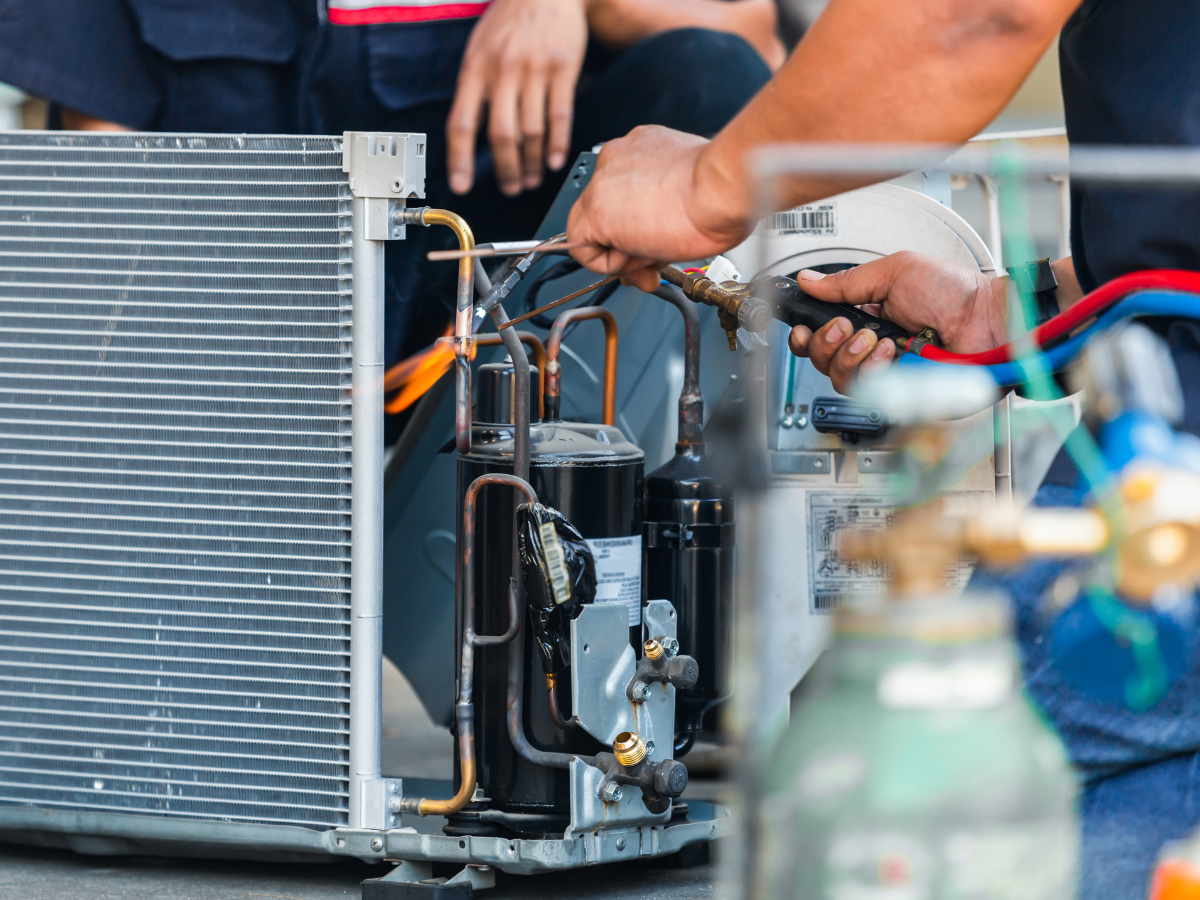
1. Furnace Ignition Problems
As temperatures drop, your furnace works harder to keep your home warm. One of the most common issues in fall is problems with the furnace ignition. This can include:
- Pilot Light Issues: If your furnace has a pilot light, it can often go out, especially after being dormant during the warmer months. This can prevent your furnace from igniting, leaving you without heat.
- Electronic Ignition Problems: Electronic ignitions are more common in modern systems, and malfunctioning components like the ignition sensor can stop your furnace from starting.
If your furnace isn’t turning on or producing heat, this could be a sign of an ignition problem that needs professional repair.
2. Clogged Air Filters
As the fall season progresses, the accumulation of dust, dirt, and debris increases, which often leads to clogged air filters. A clogged air filter is one of the most common HVAC issues, and it can lead to several problems:
- Reduced Airflow: When the air filter is clogged, airflow is restricted, forcing your system to work harder, which reduces its efficiency and increases energy consumption.
- Increased Wear and Tear: A dirty air filter can cause strain on the system, leading to more frequent breakdowns and costly repairs.
- Air Quality Problems: Dirty filters also reduce the quality of the air circulating through your home, which can exacerbate allergies or respiratory issues.
Regularly changing your air filter every 1-3 months, especially in the fall when allergens are more prominent, can help prevent this problem.
3. Thermostat Issues
Your thermostat plays a critical role in regulating the temperature inside your home, so it’s no surprise that thermostat malfunctions are common during the fall months. A malfunctioning thermostat can cause your HVAC system to overheat or underperform. Here are some common thermostat problems:
- Inaccurate Readings: Your thermostat might provide incorrect temperature readings, making it difficult to maintain a comfortable indoor temperature.
- Disconnected Wires: Over time, the wiring of your thermostat can wear out or become disconnected, leading to inconsistent heating or cooling.
- Dead Batteries: Many digital thermostats rely on batteries, and if these batteries die, your thermostat might stop functioning altogether.
If your thermostat isn’t responding as it should or is displaying incorrect temperatures, it may be time for a professional check-up.
4. Dirty or Blocked Ductwork
Dirty ductwork can be a significant issue as fall arrives, particularly if you haven’t had your ducts cleaned in a while. Over time, dust, debris, and pet dander can accumulate inside your ducts, leading to:
- Reduced Airflow: Blocked ducts can make it difficult for air to flow freely, which can strain your HVAC system and lead to inefficient heating.
- Air Quality Issues: Dirty ducts contribute to poor indoor air quality, as the allergens and pollutants inside the ducts are circulated throughout your home.
- Increased Energy Bills: When your system has to work harder to push air through blocked ducts, it consumes more energy, which can increase your utility bills.
Having your ducts cleaned regularly and ensuring there are no obstructions can prevent this common problem and improve the efficiency of your HVAC system.
5. Issues with the Heat Pump
Heat pumps are designed to provide both heating and cooling, and they are essential during the fall and winter months. However, heat pumps can experience issues, such as:
- Icing on the Heat Pump: As the temperature drops, frost or ice can form on the heat pump coils, affecting its efficiency. This could indicate a malfunction in the defrost cycle, which can prevent proper heating.
- Low Refrigerant Levels: If the refrigerant in your heat pump is low, the system won’t be able to effectively heat your home. This can also cause the system to work harder and wear out faster.
Scheduling regular inspections of your heat pump before the fall season can help catch any issues early.
6. Broken Blower Fan
The blower fan is responsible for circulating warm air throughout your home. If the blower fan malfunctions, you may experience uneven heating, reduced airflow, or even complete system failure. Common issues include:
- Dirty or Stuck Fan: Dust and debris can accumulate in the blower fan, causing it to get stuck or run inefficiently.
- Motor Failure: The motor that drives the blower fan can wear out over time, leading to a complete failure of the fan.
If your HVAC system is blowing cold air or not circulating air properly, the blower fan might be the issue.
7. Carbon Monoxide Leaks
A less common but serious issue that can arise during the fall is a carbon monoxide leak from your furnace. Carbon monoxide is a colorless, odorless gas that can be deadly in high concentrations. Some signs of a potential carbon monoxide leak include:
- Yellow or Flickering Pilot Light: If the pilot light on your furnace turns yellow or flickers, it could be a sign of a carbon monoxide leak.
- Soot Around the Furnace: Excessive soot or staining around your furnace could also indicate incomplete combustion and potential carbon monoxide issues.
If you suspect a carbon monoxide leak, turn off the furnace immediately and contact a professional HVAC technician.
Conclusion
As fall approaches, it’s important to stay on top of your HVAC system’s maintenance needs. Addressing common HVAC repairs early can help prevent costly issues and ensure your system operates efficiently all season long. From furnace ignition problems to clogged air filters and thermostat issues, these fall HVAC repairs are preventable with regular maintenance.
If you're experiencing any of these issues or just need a check-up on your HVAC system, contact CJ's Heating & Cooling today. Our expert technicians are here to help you keep your home comfortable and energy-efficient throughout the fall and winter months.


